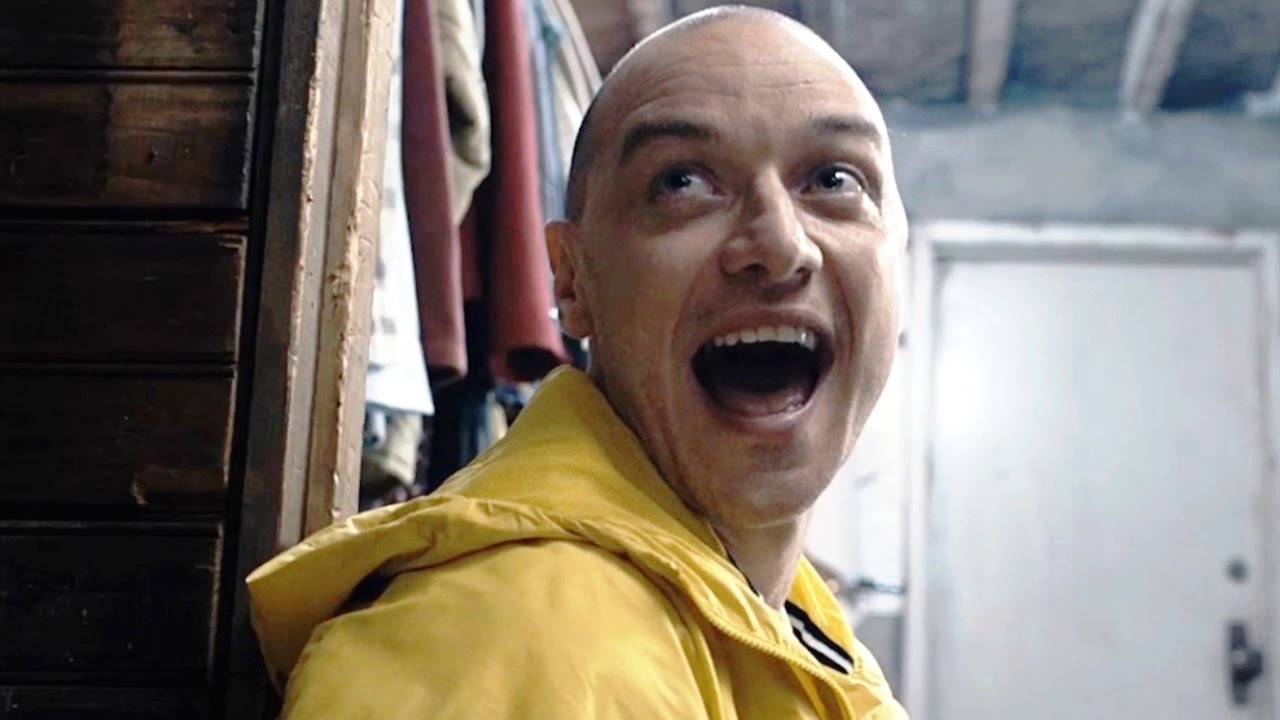
M. Night Shyamalan’s career trajectory is a product of the unforgiving American cinematic industry; the weird mechanisms of Internet irony that belittles and ridicules; and a brand of cinema that lies between Spielberg-ian imaginative morality tales with a spiritual undertone, a love for Hitchcock and the classics of suspense, and an appreciation for the B-movie traditions and comic books.
He tries to work in the tradition of Hollywood entertainment but also tries to preserve his identity as an auteur, a compromise which has become increasingly more difficult as the oversaturation of films has changed the rules for consumption; this also diminished the patience of the producers and audiences in letting filmmakers develop their own cinematic aesthetics (funding and money are, of course, at the center of the problem).
Shyamalan is the victim of a narrative that basically says: “‘The Sixth Sense’ was great, ‘Unbreakable’ was also very good, shame about all the other films, ‘The Happening’ is the worst film ever made, he ruined ‘The Last Airbender’, and he directed Will Smith and his son.”
This implies that Shyamalan’s career has somehow been a rollercoaster both in terms of quality and success, but this could not be further from the truth. The path of Shyamalan has been constant, coherent, and the only instances of him struggling to come up with a good film have been cases of him being suffocated by outside forces.
“Split” is a film that is happily and distinctively Shyamalan-esque; it’s not his best work, but one that clearly retains all the best, and even some of the less great qualities of his cinematic sensibility. Of course, his ego is big, the martyr complex is there, and the astounding self-belief are parts of his cinema, but by often them being his downfall, they are what constitutes the charm of his cinema.
1. Tales of Outcasts
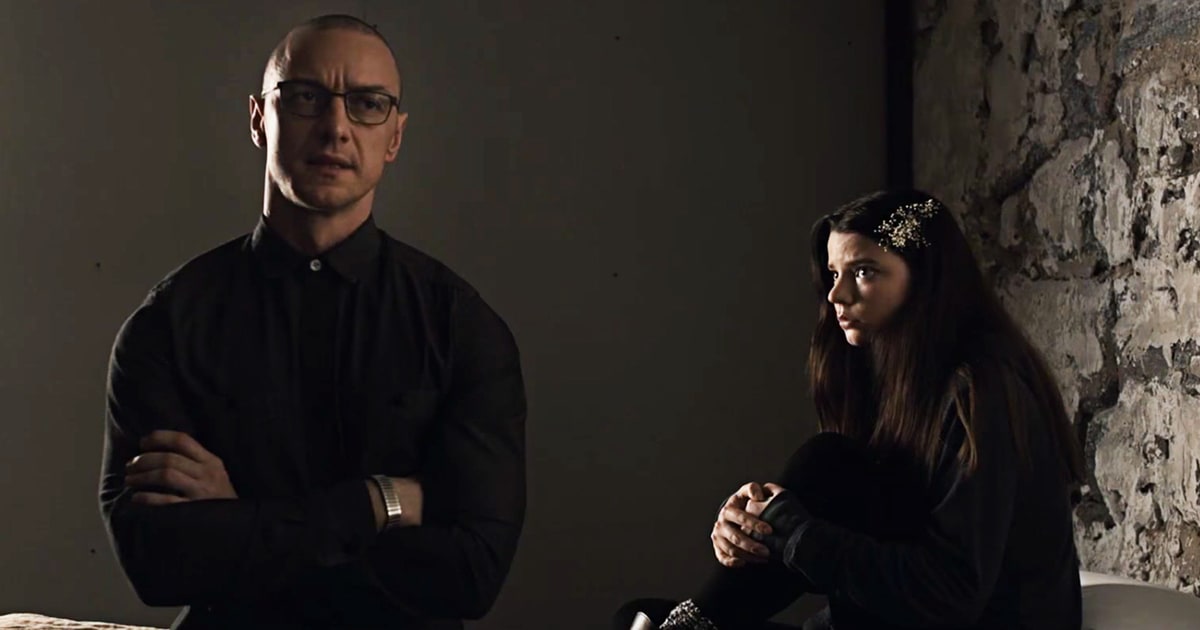
The beginning of “Split” plays out in an elegant muffled universe. Shyamalan establishes the protagonist of the film, played by Anya Taylor-Joy, through the sounds that she hears in her head, a cathedral of soft-spoken voices where everything happens slowly. She hears and she sees, unlike her two friends.
In the very first shot she is looking at the camera while all the others are focused on other matters; she is separated from the others, but she is also looking elsewhere when they are kidnapped, and by looking elsewhere she is the first to see McAvoy’s character.
She is special from the beginning and her separation from the others culminates with the discovery of an affinity with the McAvoy’s character, as they are two examples of brokenness that somehow meet in shared sadness.
Dissociation, being split, is in a way the heart of the narrative in the film, which moves through a series of traumas, including the girls being abducted, the girls being separated, being killed, and every trauma in every twist of the personalities of the kidnapper. Through the final cathartic encounter, she survives because of all her traumas.
The Beast is the monster that is born through the pain of separation, from others and from oneself. At one point the Beast says: “Only through pain you can achieve greatness,” which is a bit heavy-handed but inherently true to the nature of the film. In the key sequence of the film, she finally is able to talk with Kevin, the original personality of McAvoy; she calls to him, as she can contact the monsters and understand them.
Shyamalan does not think his outcast characters are like other humans, but inherently superior. The pure child from “The Sixth Sense” can see dead people; the aloof and uncomfortable Bruce Willis is the strongest man alive in “Unbreakable”; the unusual little girl in “Signs” holds the key to salvation; and the blindness of Bryce Dallas Howard shields her from the fears that torment the other characters in “The Village”.
This consistency of vision actually weakened when his cinema started to implement a higher degree of contamination from exterior influences, but even his future films were very clear about the spirit of the main characters.
Shyamalan always likes to build a character from small beginnings or difficult situations, to produce a fairy-tale growth (even the kids in “The Visit” with their condition of sons of divorced parents, or Will Smith’s son in “After Earth”). While in some films he had visibly failed on the side of dramatic engagement, the intentions of his cinema had always remained remarkably pure for the standards of so called “mainstream” cinema.
2. Spiritual Sensibility
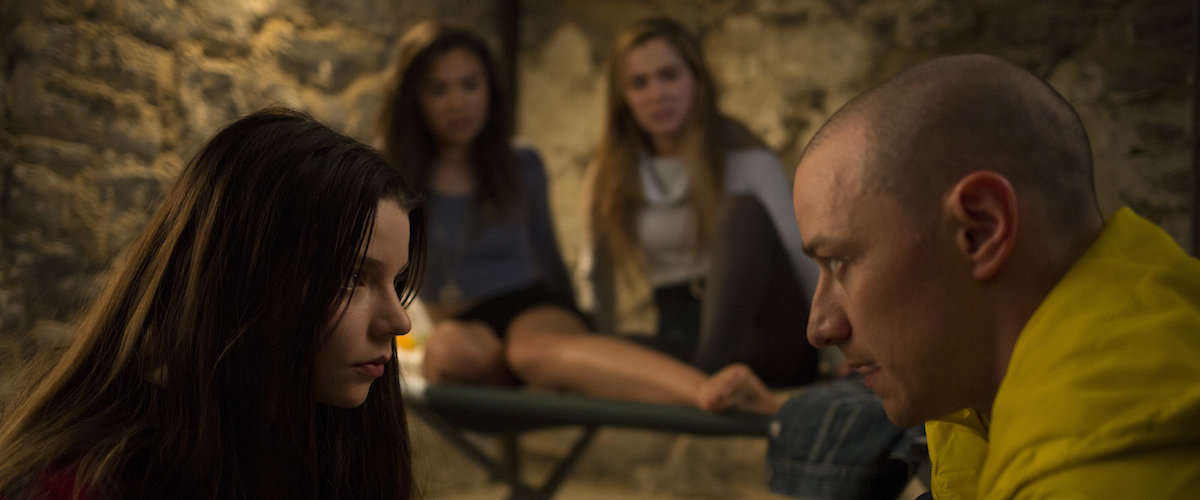
Shyamalan’s least known film, “Wide Awake”, is a morality tale about the search for God in the wake of personal tragedies. Shyamalan was raised in an extremely spiritual environment and kept this sensibility throughout his life, much like directors such as Martin Scorsese. “Split” is a film that is decisively more understated in its transcendence, until that last fairly magical sequence in the Philadelphia Zoo.
Until then, the film has been immersed in brown and pitch black, menacing corridors, dark corners, pipes, the labyrinth of confusion and desperation that is the human mind and human suffering. But when the protagonist gets rescued, Shyamalan creates a magical moment when a ray of light graces Casey, whose soul had been struggling through the dusty abysses of depression and death, and finally, in a moment of pure ascension, she is reborn.
Shyamalan adds the shot of a luminous tiger as a symbolist evocation of renewed strength, or the brightness of the new life. Transcendence and spirituality are always found in the most difficult situations for his characters, as they are the product of the reaction to the apparent vileness of the world that surrounds them.
The creatures in “Signs” and “The Village”, the gloomy atmosphere of “The Happening”, the wars of “The Last Airbender”, and the monstrous environments of “After Earth”, always seem to bring out whatever spiritual force resides inside human beings, and inside Shyamalan’s cinema.
3. Hitchcock Influences
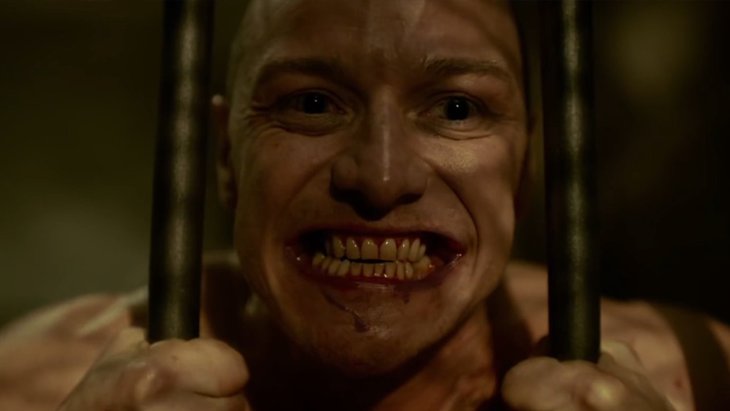
This is almost painfully evident. The tale of fractured identities is almost the quintessential Hitchcock tale; in McAvoy in “Split”, the three elements that coexist – the masculine, the feminine and the child – constitute the three elements of the Oedipic trinity, and like in “Psycho”, the basement and the underground is the place where the worst parts of humanity are buried, where subconscious is free with his manic uncontrollable otherness.
Shyamalan seems to be endlessly celebrating Hitchcock’s legacy (“The Happening” is one of the few films that manages to get the sense of panic-inducing chaotic nihilism that “The Birds” had), both in the use of music and of camerawork. He has a feel for the blind spots of the camera, what the camera cannot capture or captures only in a fragmented way, which generates the tension that permeates even the worst Shyamalan films (and the worst Hitchcock films).
Even though he has a greater passion for the supernatural, the grounded nature of the horror and the use of minimalist long takes are reminiscent of some of the best moments from the master of thrillers himself.
4. The Shyamalan-verse (Philadelphia and Pennsylvania)
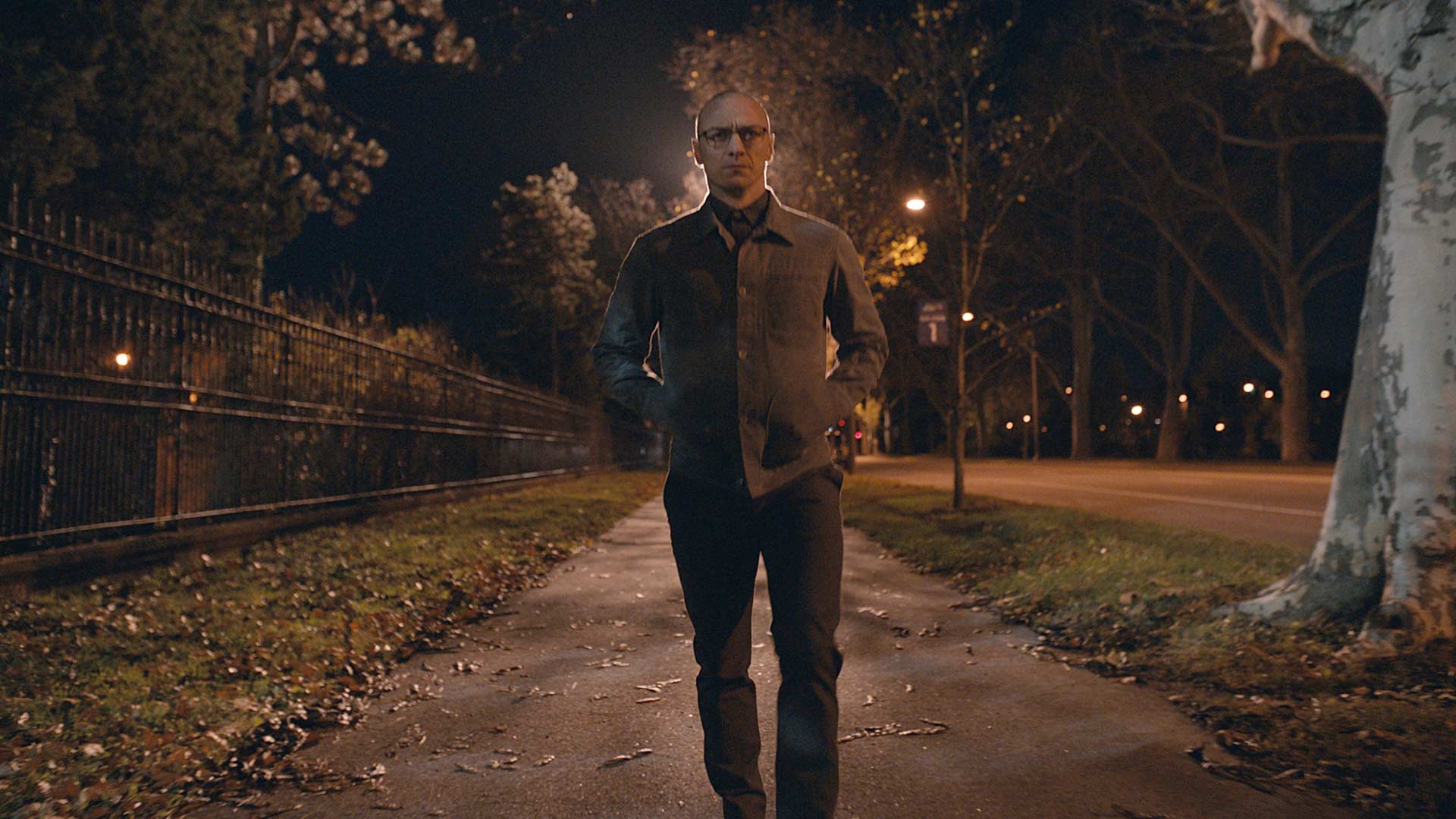
Shyamalan’s Philadelphia is a grey working-class somber town, pervaded by a distant melancholy with moments of magical realism. The two undeniably worst films by Shyamalan (“The Last Airbender” and “After Earth”) were incidentally set outside Philadelphia, so as to demonstrate that the poetics of Shyamalan are inseparable from the city he feels connected to, finding the glimpses of beauty in an urban landscape that at times is monotonous and depressing.
In “Split”, the Philadelphia Zoo appears like a magic kingdom, a sunny urban Eden between the trees and the buildings. The final scene of the film also reveals the hidden connection between “Unbreakable” and “Split”, as if the universe itself has been entirely compressed into Philadelphia, and the realities of the films can travel in and out of this multiverse.
Shyamalan’s Pennsylvania is a quiet environment where, all of a sudden, beauty and poetry will erupt from trivial elements, like the pool in “Lady in the Water”, which is the key to mystical revelations and an angelic species; the pool in “Unbreakable” where a superhero receives his metaphorical baptism; the fields in “Signs” where the omens of doom and then subsequent salvation take place; the house in the snow haunted by secrets in “The Visit”; the forest in “The Village” where hooded creatures lurk silently.
In “Split”, a whole world is hidden under the most ordinary things, entire mazes and entire lives are being changed, hidden from our unsuspecting eyes. Philadelphia and Pennsylvania are realms of pure possibility and hidden enchantments in every major Shyamalan work.
5. Influences from 1980s Hollywood
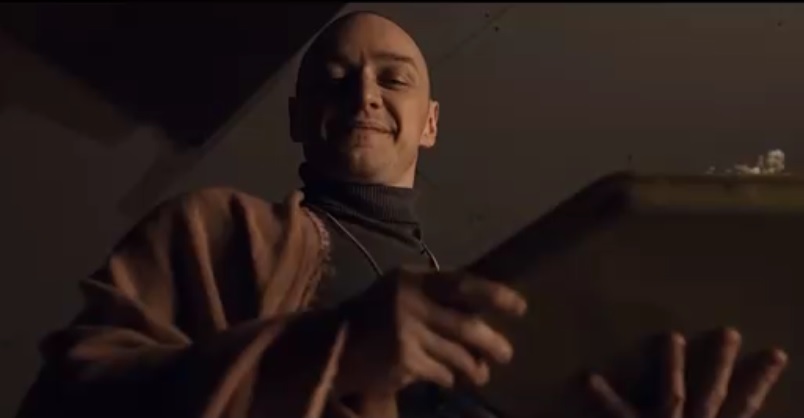
Shyamalan has been hailed as the new Spielberg, and it is not difficult to see the influence; “Split” is a film that delivers the child-friendly scares that Spielberg has been known for in the first part of his career. Particularly significant is the choice of telling a dark story with a heavy presence of young people in it, in the tradition of B-movie underdogs like Donner and Dante, the fantasy elements reminding of films like “The Dark Crystal”.
He has an ability to balance thrills and wonder that was once the main capacity of Hollywood, and in “Split” he displays his love of dungeons and places of danger and amazement, typical of the films of John Carpenter, or films like “The Goonies” or “Indiana Jones and the Temple of Doom”.
The visual revelation of McAvoy is distinctively feral, arching back to the films of John Landis, or films like “The Howling”, or the more surreal efforts by Fulci and Argento, all genre and B-movie legends of the 80s. Shyamalan also said that he has great respect for the great indie explosion of the 80s, but he channels his independent sensibility in big mainstream projects.
6. The use of enclosed spaces
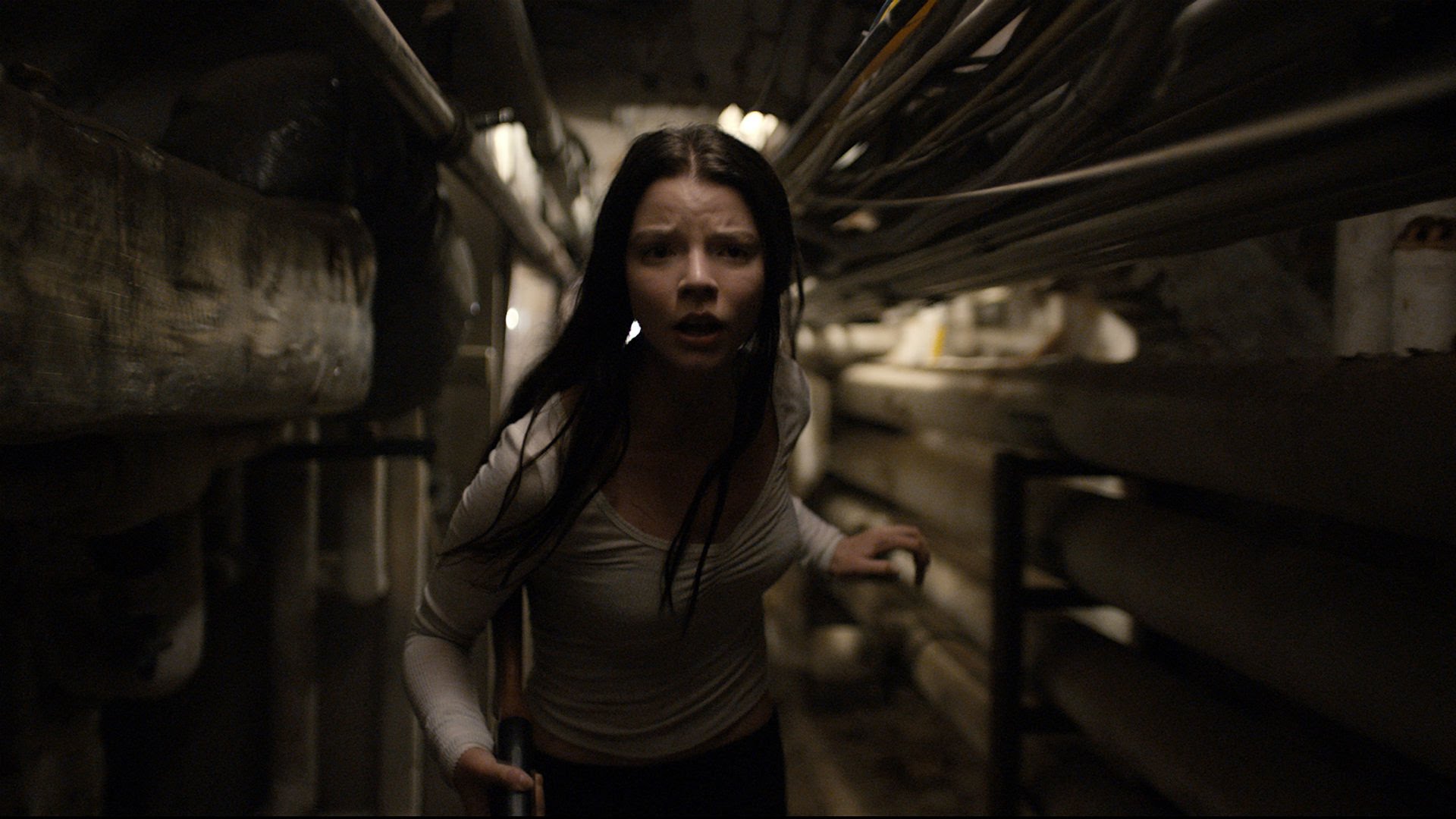
The most common device for thriller filmmaking and suspense is the use of enclosed, small, self-contained locations, but they are notoriously difficult to film in an engaging way. “Split” is set in an underground space that is confusing as much as it is seemingly endless with its twists and turns.
The rooms that reveal themselves highlight the main moments of narrative development, but it’s the camerawork that is incisive and elevates the location, with long tracking shots going down low tunnels and always ending up against a wall.
Interestingly, walls allow Shyamalan to talk about what’s beyond the walls, so while the girls are trapped in semi-darkness that geometrically repeats itself, Shyamalan reminds the spectator of what is not being said (in his Hitchcockian way of creating tension), the horror that is beyond the first room in which they are enclosed, and the black vortex inside McAvoy’s character (that is found in the darkest corners of the spaces, similar to the black spaces in a David Lynch film).
This idea of enclosed locations is incredibly recurrent. The small village in “The Village” becomes the refuge, but also the prison of fear that needs to be left to find love and truth. The house in “Signs” becomes the heart of the common family man that is under siege from the forces of evil in the universe.
The house in “The Visit” is the place where secrets are held, and where children go to be eaten alive. And the entire landscape in “The Happening” is the trap of humanity, and of our biological and intellectual vulnerability. And so, in “Split”, the underground is the prison of the mind and depression that needs to be escaped.
7. Transformations of Bodies
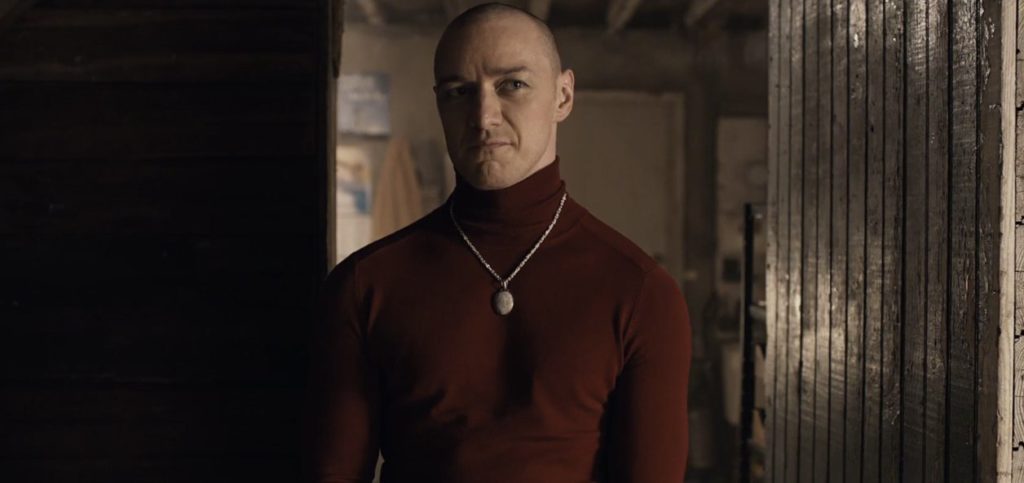
Being spiritual, maybe even religious, Shyamalan inherited the sensibility of Hinduism and Christianity, both of which are concerned with the transformation of the bodies and the progressive quest for the perfection and divinity that goes through physical changes.
In “Split”, the transformation of McAvoy is propelled by his own mind as he transcends nature to become a mythical creature, but is also explained as a new step of evolution, maintaining a Darwinist angle throughout. Nature and divine always meet for Shyamalan in the moment of metamorphosis.
McAvoy becomes divine when his body changes, Bruce Willis and Samuel L. Jackson discover their greatness through the modification of their bodily structure, and even in “The Last Airbender” and “After Earth”, superiority comes from the ability to use the mind to control the body, whether it is the Dharmic control of the elements or the suppression of natural fear.
In “The Happening”, the mysterious chemical transformations are undefined and occupy a space between divine intervention and natural process.
Change is divinized in Shyamalan’s cinema, whether it is a monstrous or a positive change, and it reconnects to the idea of being split, being broken and therefore finding the truth only through disintegration, just like Bruce Willis finds peace through the separation from his body in “The Sixth Sense”.
Author Bio: Gabriele is an Italian film student studying in Scotland. He is an experimental and arthouse cinema enthusiasta and a believer in the crucial importance of freedom of artistic expression.